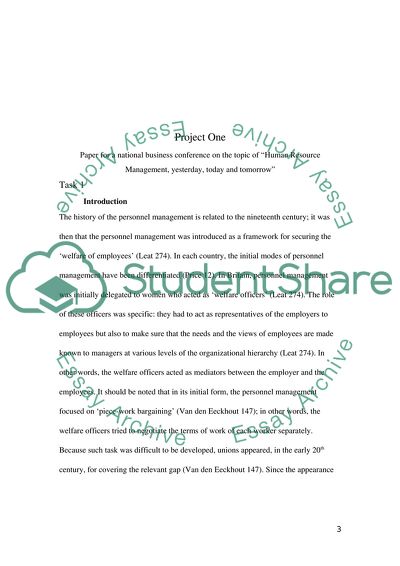Cite this document
(HRM Essay Example | Topics and Well Written Essays - 3500 words - 1, n.d.)
HRM Essay Example | Topics and Well Written Essays - 3500 words - 1. https://studentshare.org/human-resources/1819042-hrm
HRM Essay Example | Topics and Well Written Essays - 3500 words - 1. https://studentshare.org/human-resources/1819042-hrm
(HRM Essay Example | Topics and Well Written Essays - 3500 Words - 1)
HRM Essay Example | Topics and Well Written Essays - 3500 Words - 1. https://studentshare.org/human-resources/1819042-hrm.
HRM Essay Example | Topics and Well Written Essays - 3500 Words - 1. https://studentshare.org/human-resources/1819042-hrm.
“HRM Essay Example | Topics and Well Written Essays - 3500 Words - 1”. https://studentshare.org/human-resources/1819042-hrm.


